

TENDERS have been invited for the main building works for the new Duqm Airport by Oman’s Special Economic Zone Authority at Duqm (Sezad).
Tenders for Package Three of the new development calls for the construction of a passenger terminal, cargo terminal, fire-fighting station, rescue fire-training complex ground support equipment workshop, a 36-m-high air traffic control complex and support facility buildings. The scope of works includes utilities, civil works, landscaping, and ancillary works.
The tender is open to local Grade One and above contractors as well as international contractors, and bids are expected to be submitted by January 19.
The Duqm airport project has been conceived as part of a larger plan to set up a modern seaport in the southeast of Oman. The site was chosen in view of its potential to attract substantial investment in various verticals, particularly the oil shipping industry.
The new airport is considered to be a new gateway to the coastal city of Duqm, which is being developed as the country’s next major industrial and shipping hub. It will have an annual capacity to handle 500,000 passengers and up to 50,000 tonnes of cargo. The terminal will have a total gross floor area of 13,350 sq m and a facility to park 200 cars.
The project management consultant on the development is ADPI. The principal consultant (design) for the runway, taxiway, access road, terminal building and other facilities is Parsons International and Company, with Ibn Khaldun Almadaen Engineering Consultants being responsible for the supervision work.
Work on this RO40-million ($103.9 million) project began in early 2011. The terminal will have two air bridges, four remote aircraft stands, a runway with a length of 4,000 m, two link taxiways and fuel hydrant system structures.
Work on Package Two, entailing construction of the runway and installation of aircraft landing instruments, has just been completed by Hanjin Heavy Industries and Construction Company.
Package One of the project, which involves civil works for the provision of utilities, fencing and road access to the airport site, was assigned to Desert Line Projects.
Once the airport is commissioned, Oman Airport Management Committee (OAMC) and Public Authority for Civil Aviation (PACA) will take over its operations.
The sultanate’s aviation industry has grown steadily over the last decade. The government has earmarked $6.1 billion over five years for aviation projects, which includes major terminal developments at Muscat and Salalah international airports, and completion of three new regional airports at Sohar, Ras Al Hadd and Adam, besides Duqm. On completion, the regional airports will be able to handle almost two million passengers each year.
The new Muscat International Airport is expected to see full operations by the end of this year. It is designed to handle 12 million passengers with a scope to increase capacity from 24 million to 48 million.






.jpg)




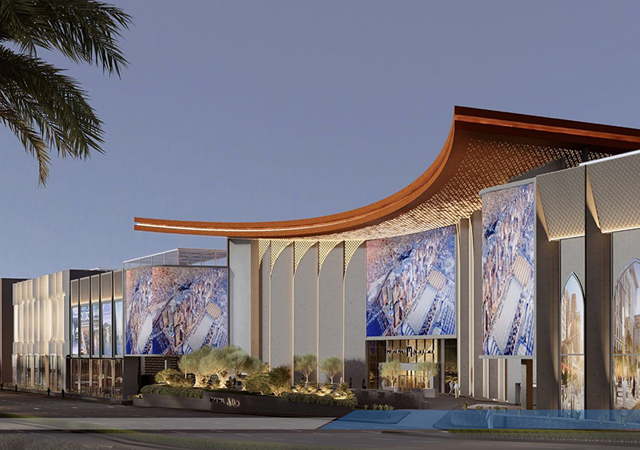
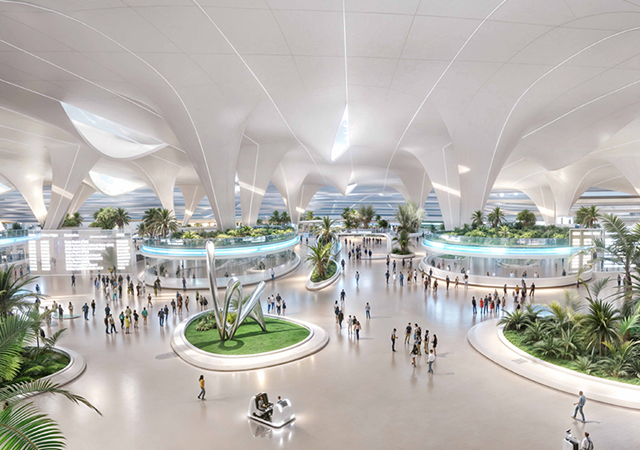
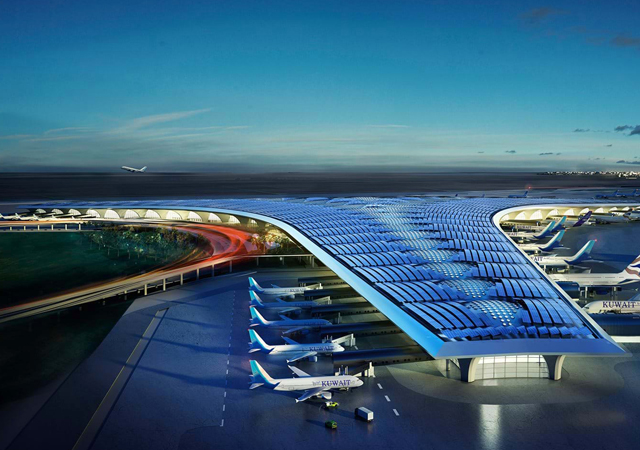
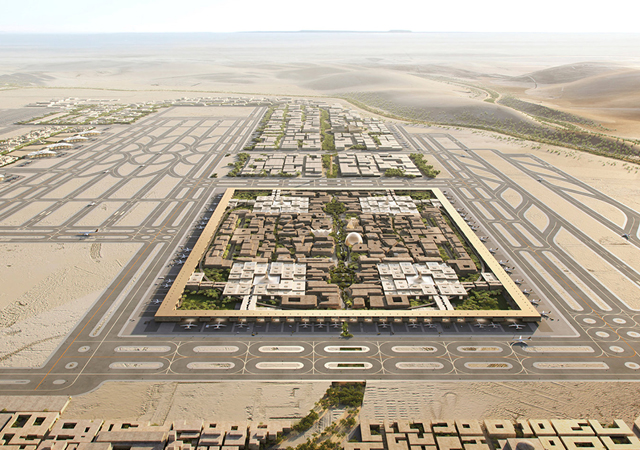

.jpg)




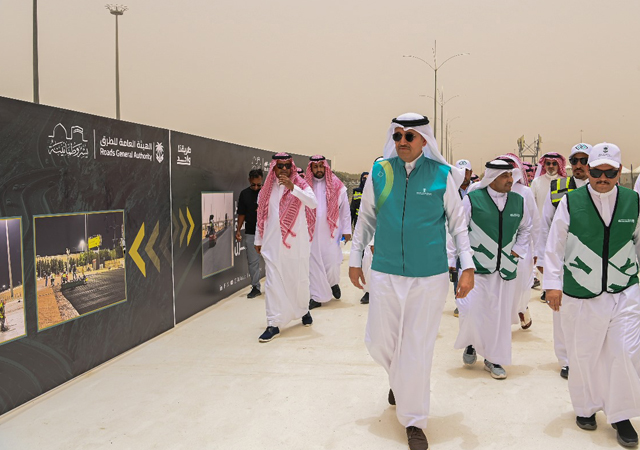

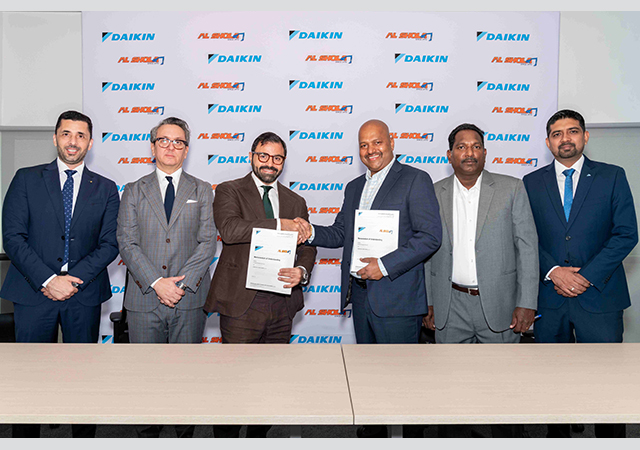

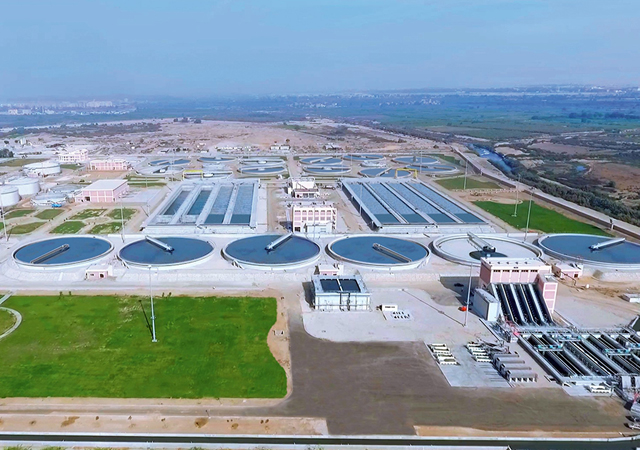






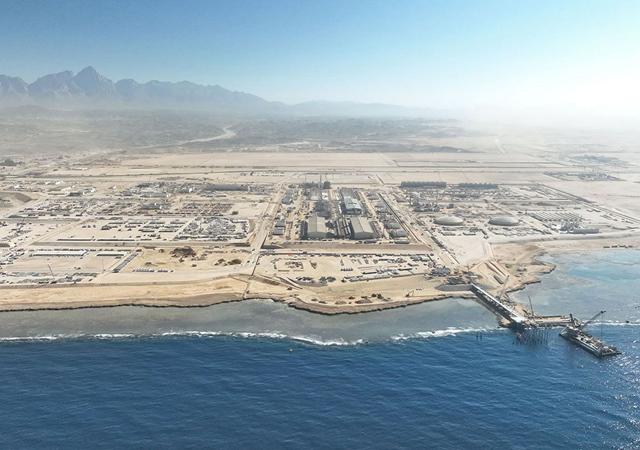


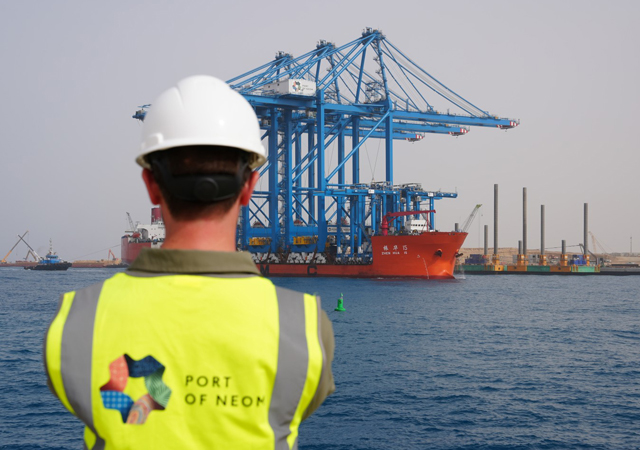

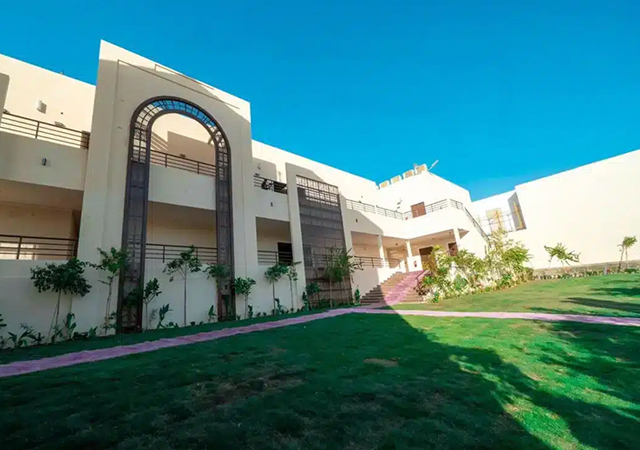


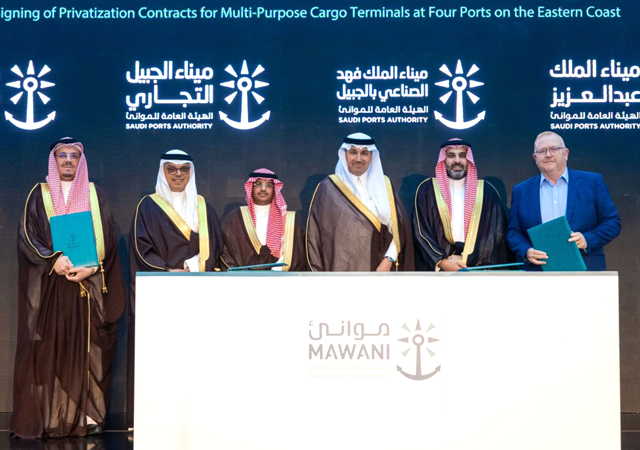






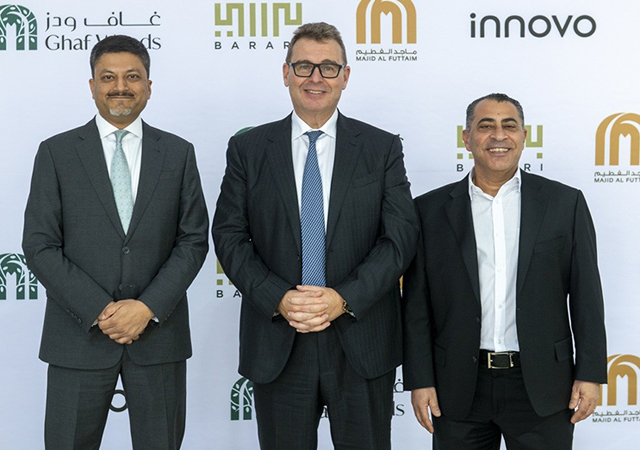
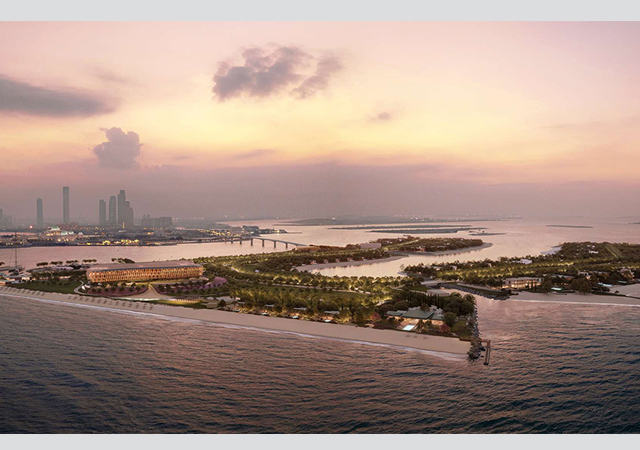




.jpg)




